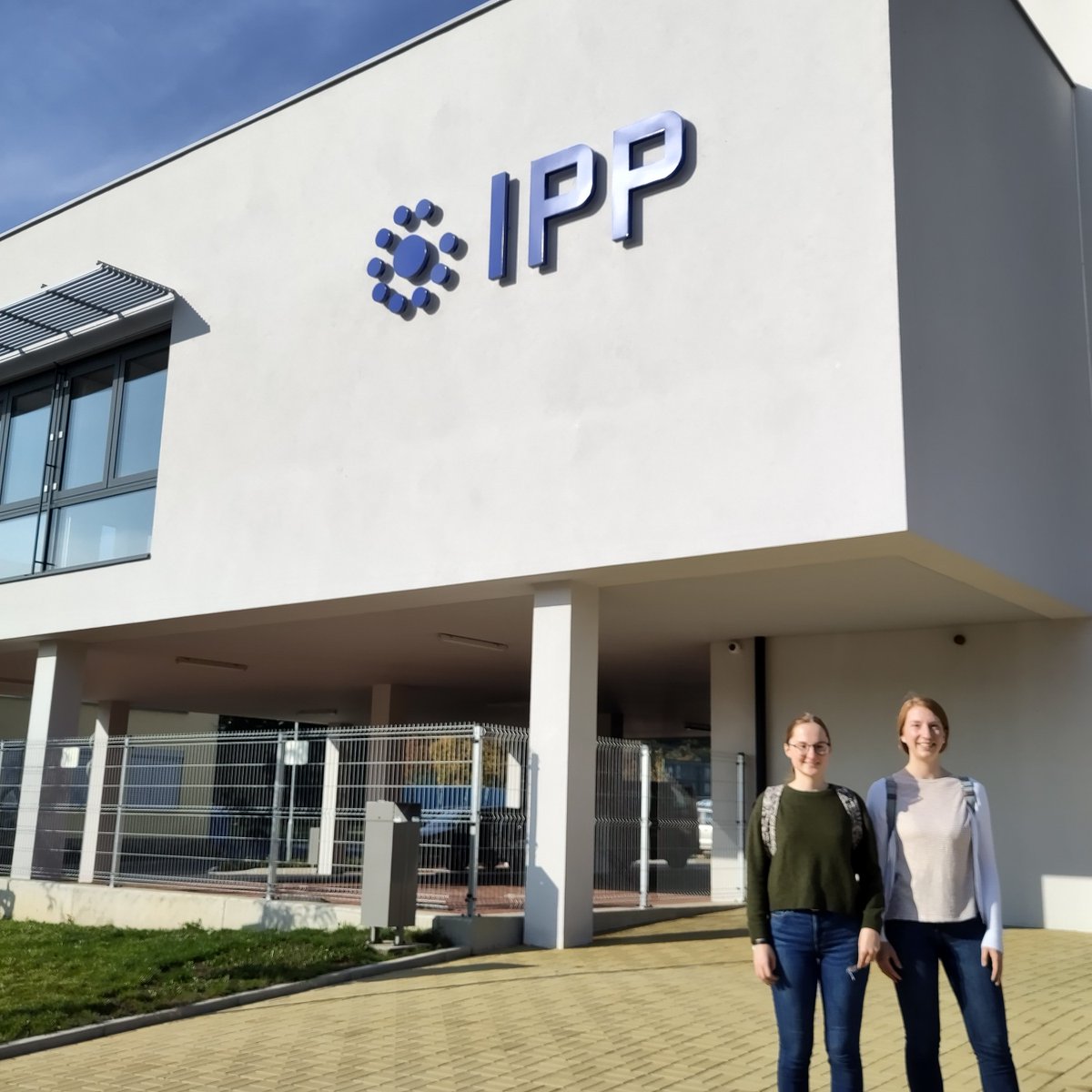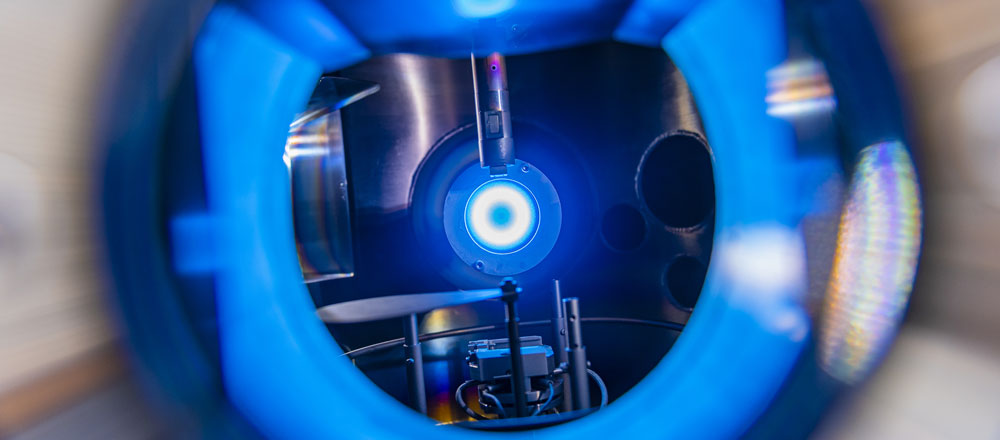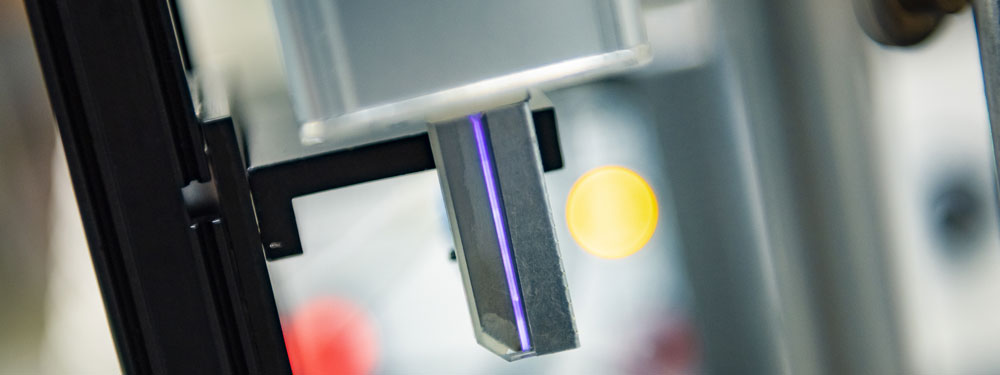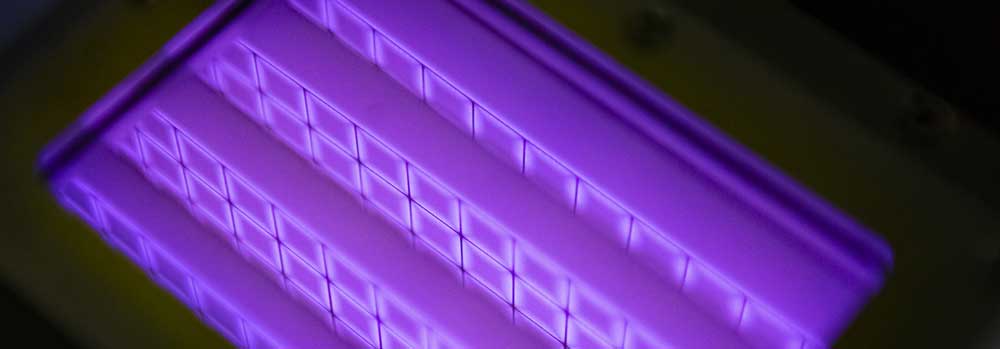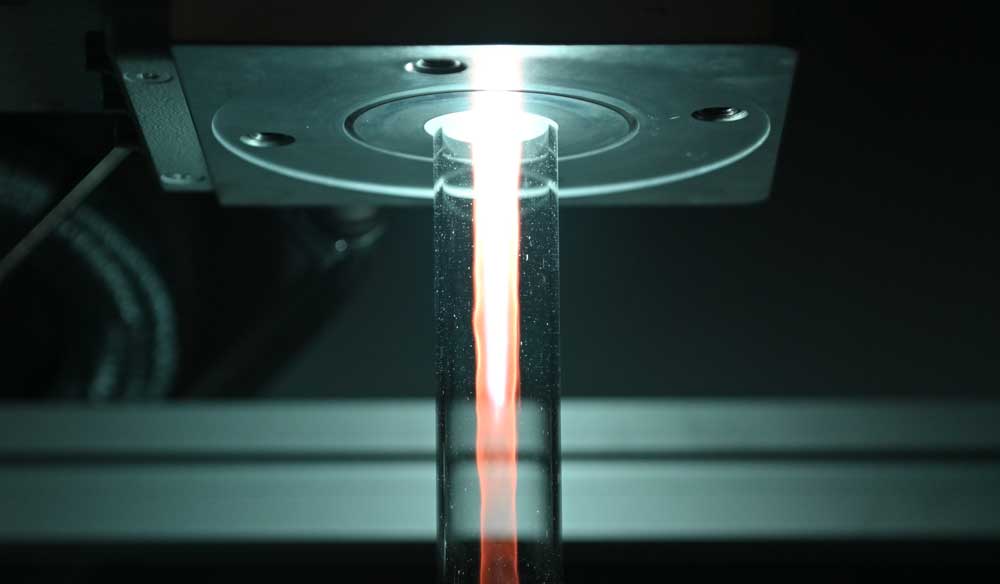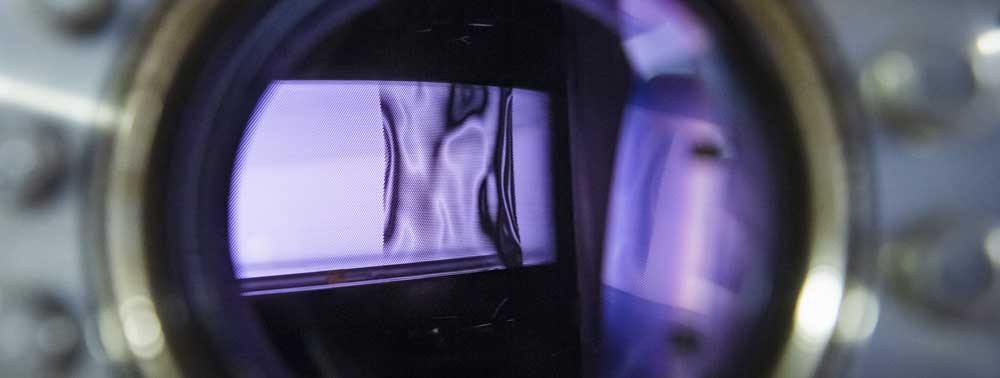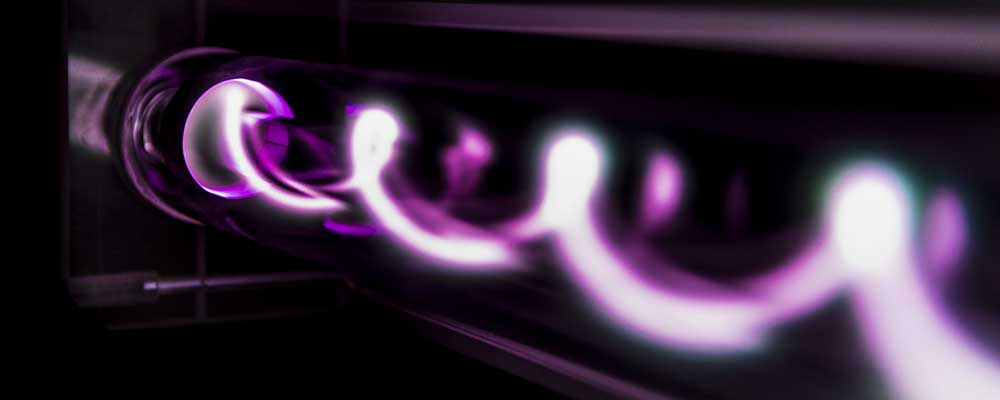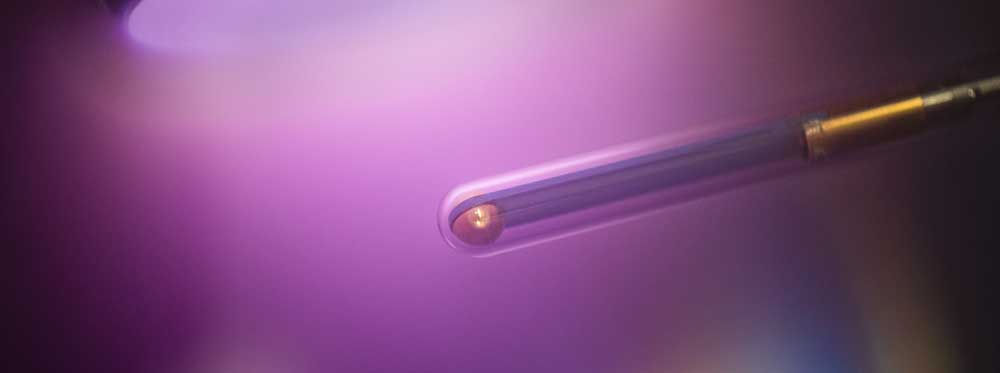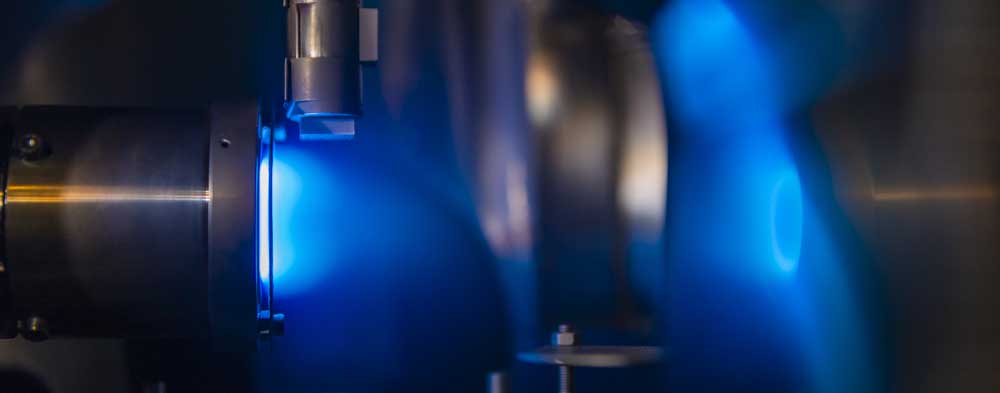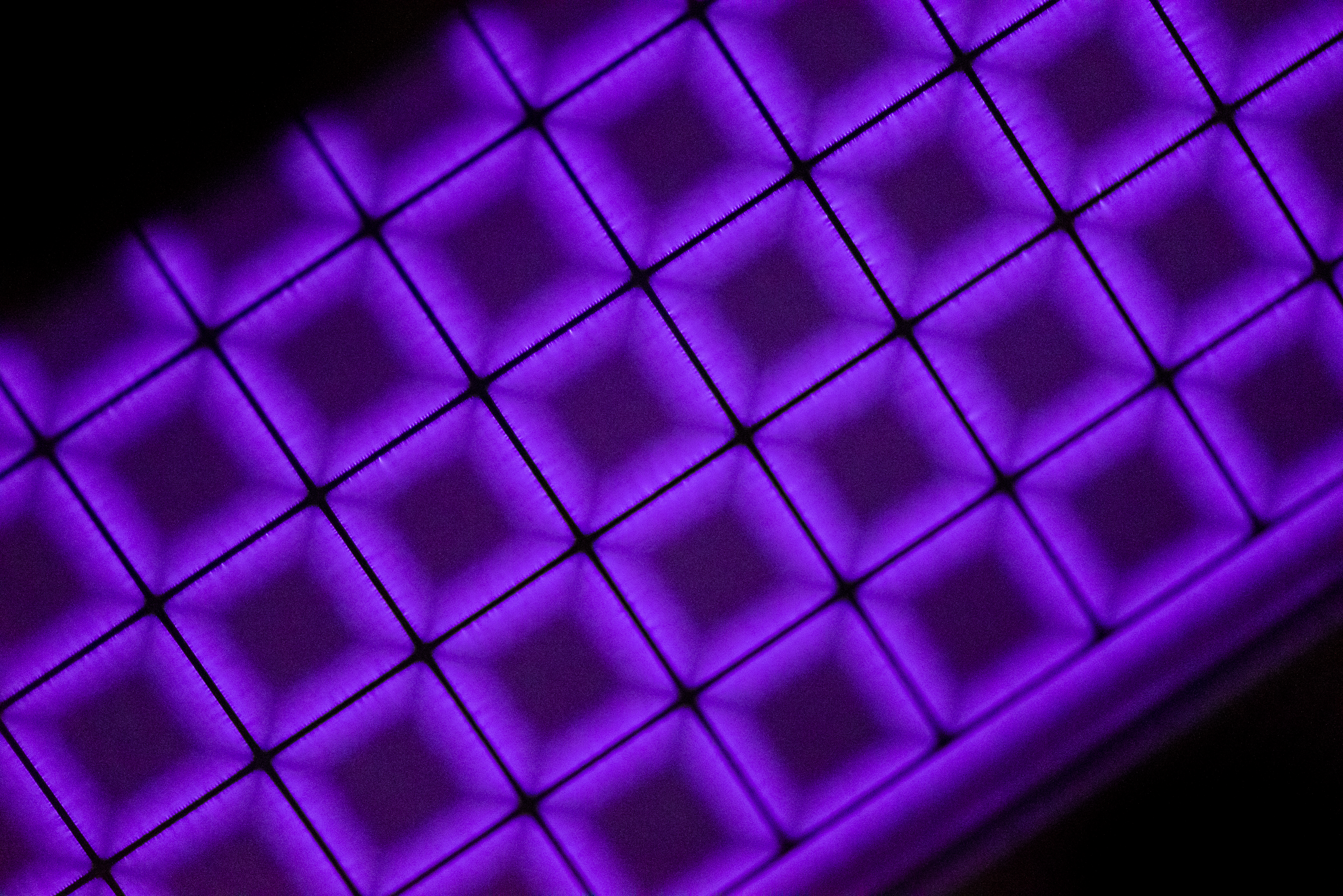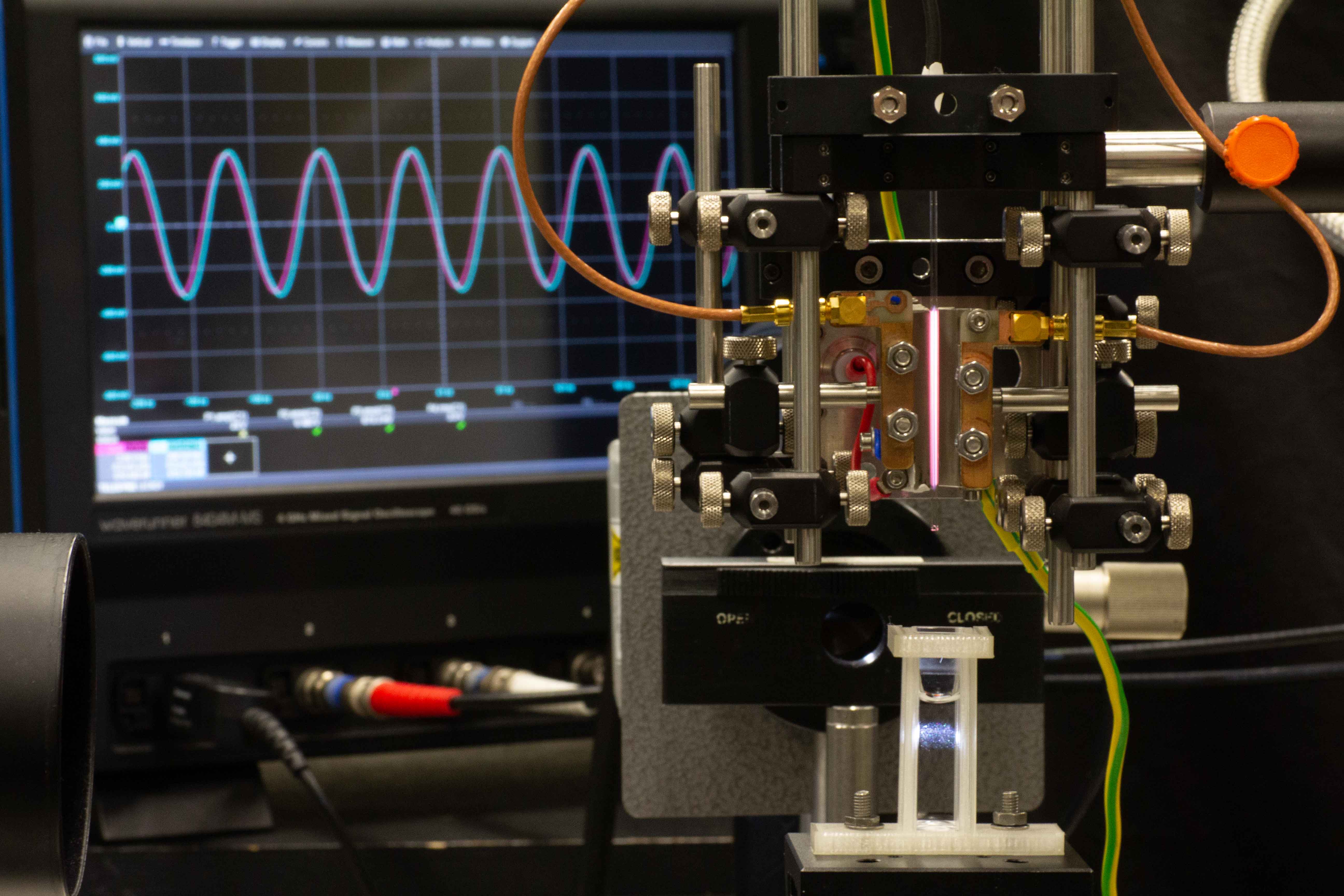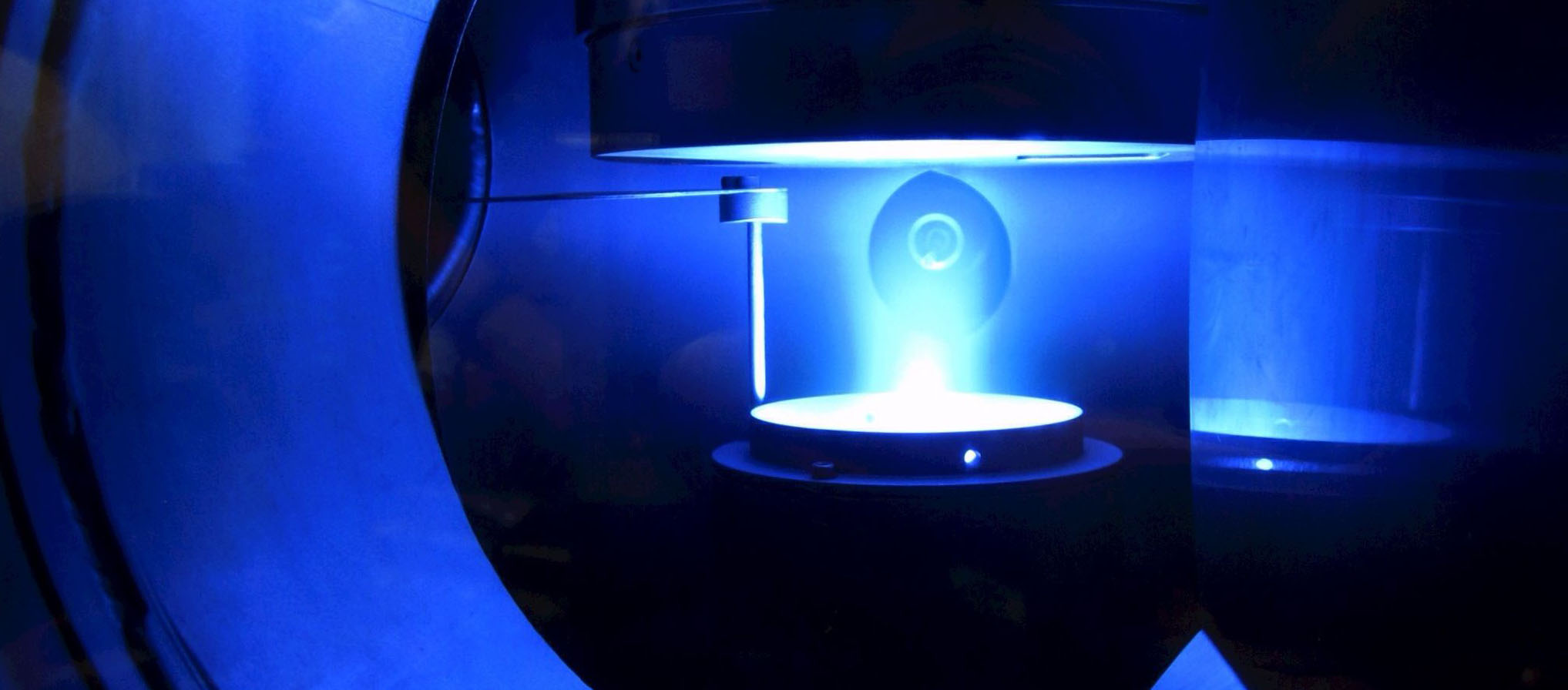- Details
DPG spring meeting
At the annually DPG (German Physical Society) meeting, the plasma groups from RUB campus had many contributions during this event. At least eleven oral presentations including one invited talk as well as eleven poster presentations were given by CRC 1316 members.
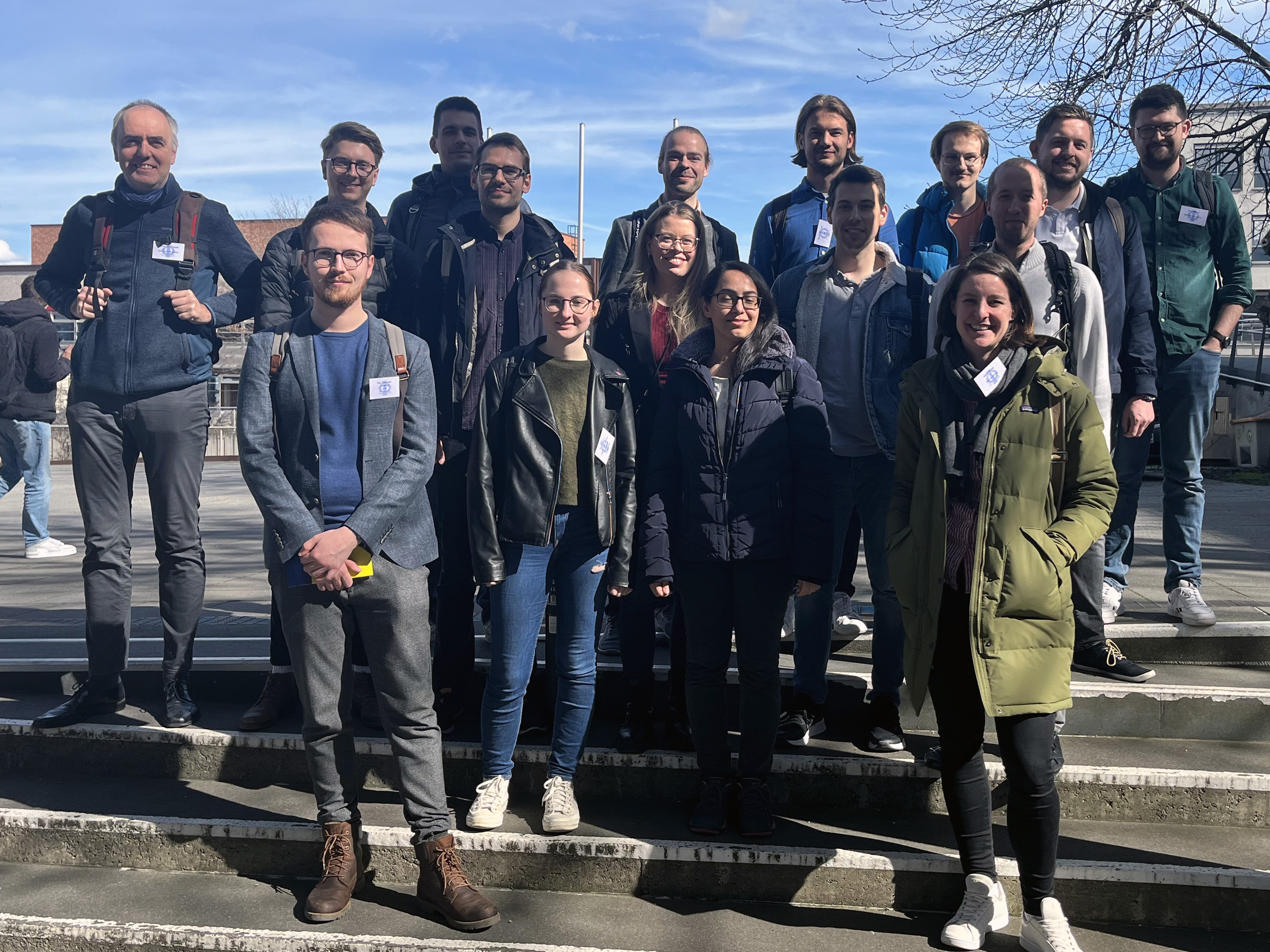
- Details
Internal exchange in Ulm
From 1.3. to 3.3. the CRC 316 meeting took place in Ulm. Besides the scientific exchange about transient atmospheric pressure plasma, an electrochemistry workshop was held at the University of Ulm. In addition, experts from other fields were invited.
Thanks to Angela Bayler from centrotherm international AG, Luca Vialetto from Christian-Albrechts-Universität zu Kiel, and Peter Hartmann from Wigner Research Centre for Physics in Budapest.
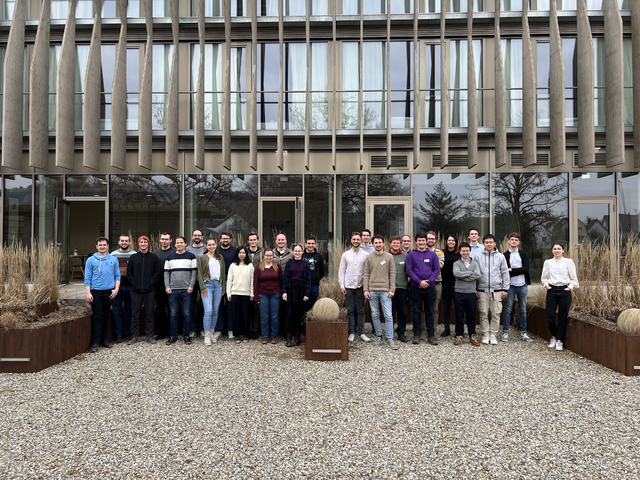
- Details
Workshop
2nd Workshop on FAIR data in Plasma Science
We are happy to announce the second workshop on research data management in Plasma Science. NP, CAU and RUB are now organizing the 2nd Workshop on FAIR Data in Plasma Science, which will take place from May 3-4, 2023 at the Event Center at Ruhr-Universität Bochum, see also https://www.plasma-mds.org/ws-fair-data-plasma-science-2.html.
The workshop is aimed at researchers at different stages for exchange on the topic of data management. Topics of the workshop are electronic lab journals, practical questions in the daily handling of research data management systems as well as the presentation of already established solutions. In addition, an interactive part is planned, which will deal with the question of how to get standards into the laboratory. Here, all participants are invited to contribute their ideas and your practical expertise.
- Details
Martin Muhler receives Alwin Mittasch Award 2023
Prof. Dr. Martin Muhler was awarded the Alwin Mittasch Prize 2023 for his "fundamental contributions to the cross-scale understanding of the mode of action of catalyst materials in chemical reactions for future-oriented technologies". This award is given to researchers for outstanding achievements in the field of catalyst research by German Society for Catalysis. The award will be handed over in Weimar on March 16, 2023.
Prof. Dr. Martin Muhler holds the Chair of Technical Chemistry at Ruhr-Universität and is a board member of SFB 1316, PI in project A7 "Plasma catalysis for conversion of volatile organic compounds (VOC)", as well as a member of the MGK.
More information about the award can be found
RUB article
- Details
Company Visit
Visit of the company Plasmatreat
The lecture "Introduction to plasma physics II" and Bachelor, Master and PhD students of the chair EP2 and the group Plasma Interface Physics visited the company Plasmatreat in Steinhagen near Bielefeld. The company excels in the production of atmospheric pressure plasma jets for polymer functionalization.
- Details
Science Year 2023
Kick-off event of the Science Year 2023
On Saturday, 11.02.2023, the kick-off event of the Science Year 2023 "Our Universe" took place. The SFB 1316 was represented with a booth at the Zeiss Planetarium Bochum.
Besides live experiments, there was a varied program with a plasma quiz, coloring pictures and slide show. As live experiments, the plasma sphere and plasma mass were presented as hands-on experiments, and the plasma speaker and COST jet were shown for demonstration. Here, the new portable COST-Jet could be used for the first time outside the university. Thanks to its construction on a plate with gas supply, generator and holders for optical fibre and spectrometer, another experiment and authentic diagnostics from the laboratory can now be shown at events.
A big thank you to the many helping hands and all interested people who visited us!
- Further information on the Science Year can be found here.
- Details
General assembly 2023
All members of the RDPCI are cordially invited to attend this year's plenary meeting of the Reserch Department Plasmas with Complex Interactions. It will be held on January 19, 2023 at 2:00 pm in room NB 2/158.
- Details
Continuous exchange between Bochum and GREMI laboratory
The DAAD exchange program (part of a PROCOPE project) between Prof. Judith Golda from Ruhr University Bochum and Prof. Claire Douat from GREMI allowed several exchange visits between both groups. The exchange focuses on the study of the role of CO in the treatment of biological substrates.
Cold atmospheric pressure plasmas could provide a well-controlled local source of small-dose CO that can be directly guided to the treatment zone. The aim of the project is to investigate the production pathways and the role of the CO molecule during the plasma treatment of biological material. Possible synergism of CO and plasma-produced species such as electric fields, ions and electrons, photons and other neutral radicals are analysed.
In detail, several exchange visits from both labs were made. In July, Jun.-Prof. Judith Golda, Dr. Laura Chauvet and Daniel Henze from the CRC 1316 we- re guests in the laboratory of Prof. Claire Douat at the GREMI in Orléans. In a joint measurement campaign, two different atmospheric pressure plasma jets we- re being tested. They measured the production of CO at different operating conditions with a gas analyser.
In October, directly after the Plasma School in Bad Honneff, Eloise Mestre visited the PIP group. The second measurement campaign focused on the measurement of plasma-produced CO in an kHz jet source using mass spectrometry.
Finally, Jun.-Prof. Judith Golda and Dr. Sebastian Bur- henn stayed in the laboratory of Prof. Claire Douat at the GREMI in Orléans for a joint research campaign in November again. This time, the work was focused on the measurement of plasma-produced carbon monoxide affecting human hemoglobin.
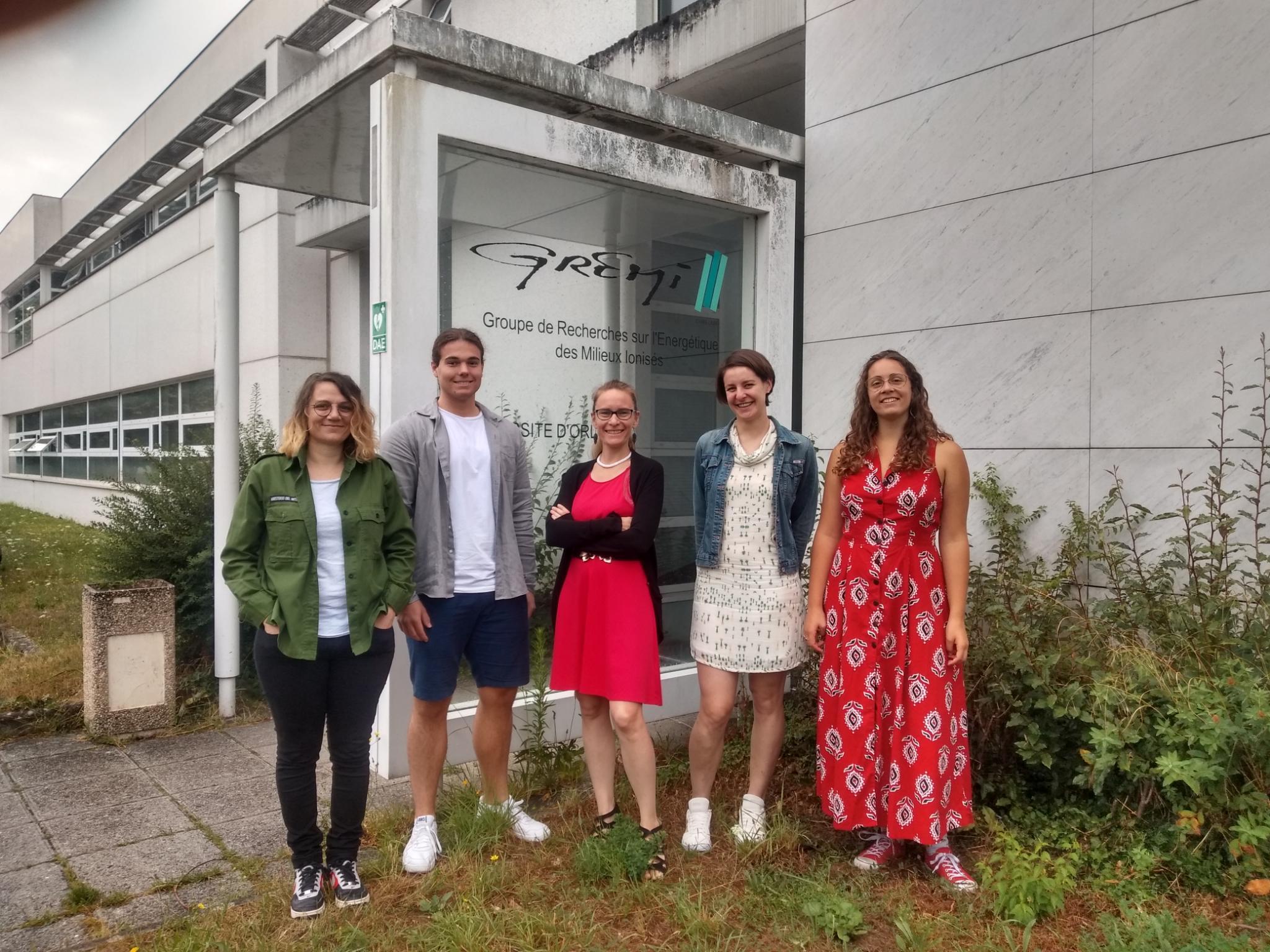
- Details
Outreach
New concept was introduced in the plasma workshop of the project week
The project week for students at Ruhr University Bochum in grade 8 and 9 is a educational offer of the CRC 1316, Faculty of Physics and Astronomy from RUB and is greatly supported by zdi. From 4th to 7th October, the project week took place with four workshops hosting over 60 high school students.
The concept of the plasma workshop “From plasma to gold coating” was adapted according to feedback from students and workshop leaders from the last years. The focus of the topics was shifted from theoretical work towards application-based discussions with exercises to practice and apply newly gained knowledge. The focus has been set to enable the students to plan and execute their research as well as analyse the data and present their findings creatively and self-determined. The workshop leaders and material should guide through the workshop, offering the students a democratic say in the concrete design of the week.
To adapt the material to modern standards and the vast digital resources available for students online, the project guide now includes online resources that can be used for better understanding or diving deeper into different topics by using the QR codes to access articles and videos. In the future, this guide can also be used with and on tablets and as a digital version, enhancing the interactivity and individualisation of the learning process of the students even further.
- Details
25th International Plasma School
From 01 October to 6 October the Plasma School took place again in Bad Honnef. In the 25th edition, 69 students from 13 countries were able to expand their knowledge of plasma physics and plasma technology at the Physics Center. Subsequently, the Master Class started on October 7, this year on the topic of electric propulsion.
The local organization of the plasma school by the Research Department was supported this year by the international chairmen Jan Benedikt and Holger Kersten from CAU Kiel.
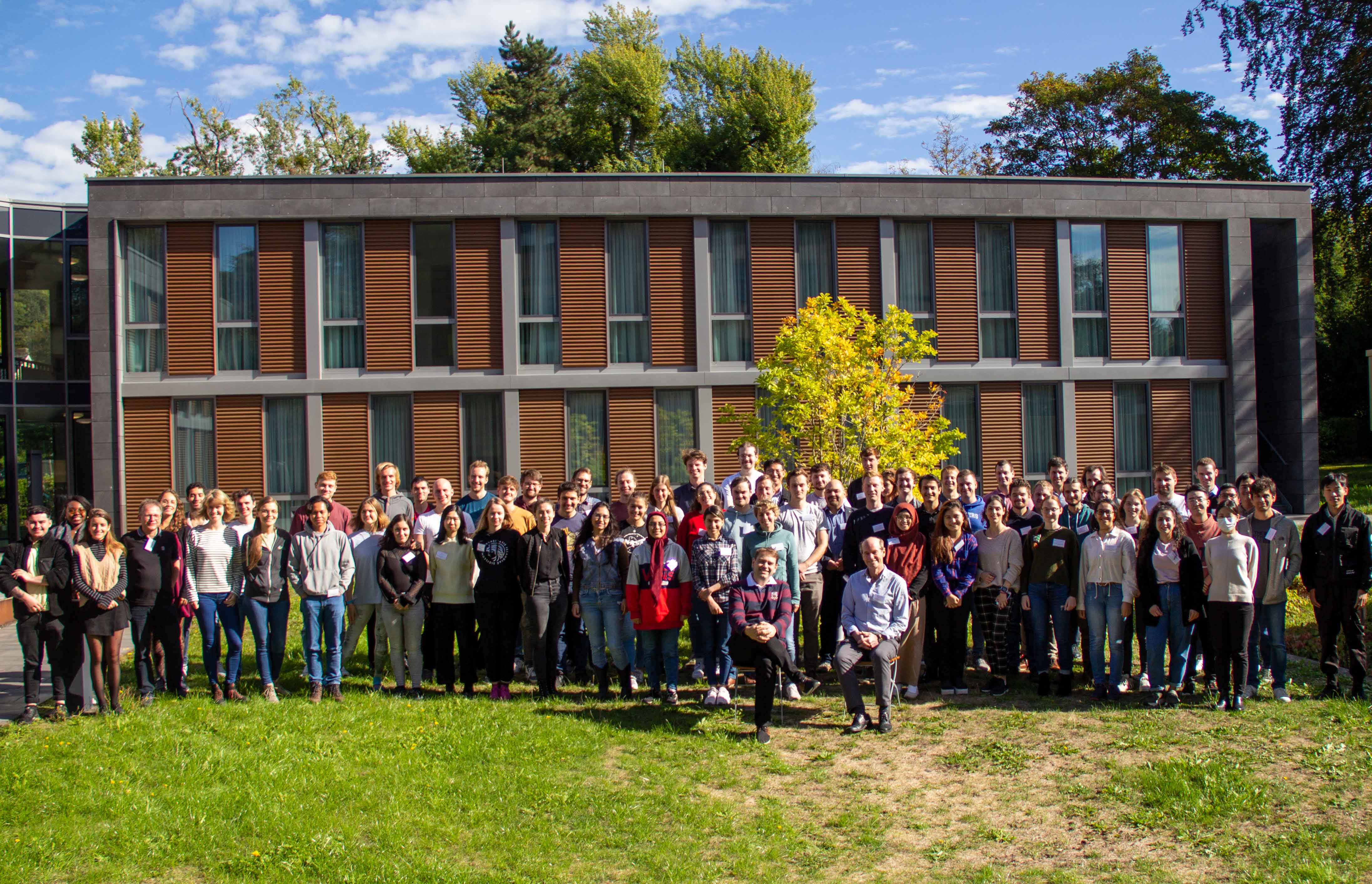
- Details
Exchange
Exchange with the Institute of Plasma Physics of the Czech Academy
From October 17th—19th, Pia Pottkämper and Dr. Katharina Laake from project B7 (CRC 1316) visited the Institute of Plasma Physics of the Czech Academy (IPP) of Sciences as part of an exchange visit. The motivation for this exchange was the similar research topic of both groups. Previously from October 12th—13th Dr. Petr Bílek from that same Institute had visited the EP2 chair to give a talk on the recent results of his groups investigations of nanosecond pulsed plasmas in water. At the IPP they were invited to visit the labs and experiments. They had the chance to discuss and compare their research of nanosecond pulsed plasmas in liquids. According to that topic, Katharina Laake gave a talk regarding the “Temporal evolution of nanosecond pulsed plasmas in water” at the Institute. During their stay, they also had the chance to explore the city of Prague with their hosts.
